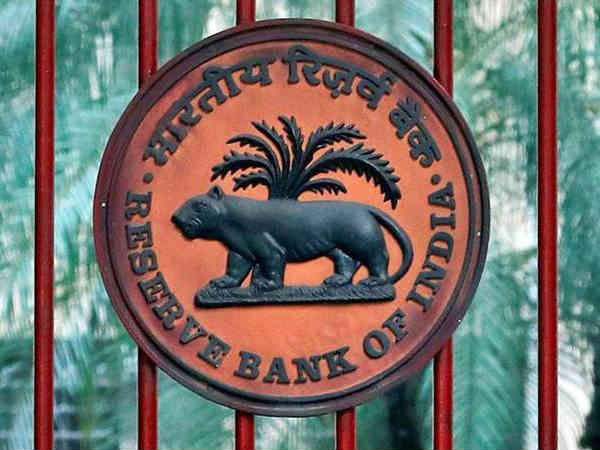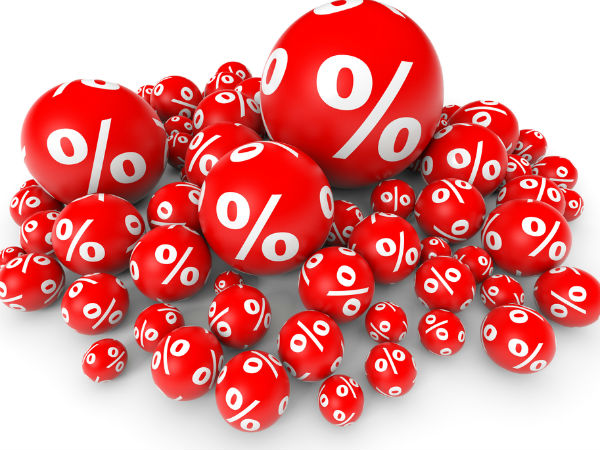5 Public & Private Sector Banks Providing Up To 7% Returns On 1 Year FD
Because of the stability and security of returns, risk-averse depositors favour banks' fixed deposits (FDs). FDs provide your portfolio with stability in terms of tenure and liquidity, enabling you to withdraw funds if required. Despite declining interest rates, you can invest some proportion of your portfolio in FDs that provide higher returns on one-year FDs. In the current market of fixed deposits, private sector banks appear to be at the top of the fixed deposit rate list. That being said, prior to investing in FDs, you must do a detailed risk appraisal and the bank's proper scrutiny.

How can I enhance my FD returns?
For Indian customers, fixed deposits are one of the most prominent deposit schemes. High interest rates with tenure ranging from 7 days to 10 years make it the perfect option for both short- and long-term investors. The prominence of FDs has risen slowly over time as more people understand the opportunity for better returns from this financial asset. If you glance at, as opposed to stock markets or mutual funds, the purpose of FDs is to get better returns in a reasonably risk-averse manner. Laddering deposits are a form of stretching the capital through several fixed deposit accounts in order to receive higher returns while earning liquidity at periodic intervals. Laddering deposits simply divide the deposits into separate 'ladders' as the name implies. A multitude of advantages not restricted to simple liquidity are offered by laddering deposits. At its essence, this technique will allow you to take the helm of your capital. Laddering your deposits will enable you to prevent early withdrawal misfortunes. In particular, when you decide for premature withdrawal, banks may owe a certain additional charge. You should also search for multiple opportunities to invest in the market by laddering deposits. You may invest in any other financial instrument that promises better returns. Laddering does not benefit much to get better returns in a click, but it will definitely make sure the returns are stable. Laddering is suitable for elderly people who have a lump sum of money to invest, so that they can expect regular returns on a monthly, quarterly, or other periodic basis. In the long term, though, laddering is more likely to have higher returns than in the short-term.

Tips to pick the best fixed deposit scheme
To get the highest returns on your investment, you need to determine the best Fixed Deposit (FD) scheme. In order to select the best FD scheme, before opting for a term deposit, you need to weigh certain variables. Factors such as interest rate charged, the legitimacy of the bank or financial institution providing the FD, overall return and so on are prudent to remember. Banks and non-banking financial companies (NBFCs) both provide fixed deposit schemes to the eligible investors. In contrast to banks, NBFCs or corporate FDs typically offer a higher rate of interest on fixed deposit. Among the most searched after saving accounts for investors is bank fixed deposits as they fetch higher returns compared to savings accounts. In contrast with corporate fixed deposits, bank fixed deposits usually pay lower interest rates but fetch guaranteed returns with insurance cover benefit. The considerations to remember while applying for an FD are as follows:
- The rate of interest charged is one of the most critical considerations to remember when selecting an FD scheme. All investors should compare FD interest rates and pick the best alternative.
- Don't just pick the FD that bears a higher interest rate. There are other aspects that need to be taken into consideration as well, such as the legitimacy of the bank or company providing the term deposit. Ideally, select schemes with a 'A' ranking and accept scores from organisations such as ICRA and CRISIL if you consider opting for company deposits.
- The period over which the deposit is kept is another factor deciding your investment's return. If you want to reinvest the interest you receive, you would get a significantly higher overall return against your deposit.
- Check if the FD you're considering offers a number of interest payout alternatives. Have a peek at the interest payout frequency which typically ranges from monthly, quarterly, annually or half-yearly basis.

An important note for FD investors
At its most recent monthly monetary meeting, held from 3 to 5 February 2021, the Reserve Bank of India (RBI) agreed to hold the repo rate untouched once again. The reserve bank has maintained the main rates steady for the fourth time in a row. The repo rate and reverse repo rate, despite the declaration, stand at 4% and 3.35%, respectively. The RBI was allowed to hold the repo rate unchanged in order to keep a cap on government bond yields, which are projected to increase due to stronger borrowings anticipated by the government in FY 2021-22. The probability of a significant decrease in borrowers' loan equated monthly instalments (EMIs) is weaker unless the central bank does not adjust the repo rate and reverse repo rate. No adjustment in policy rates, on the other extreme, indicates best wishes for fixed deposit (FD) holders as banks are unlikely to further slash interest rates on FDs.

1 Year FD Rates
Private banks are now promising one-year FDs at a rate of 6.5 per cent. For one-year FDs, IndusInd Bank and RBL Bank, for example, provide 6.5 per cent interest rates. There are higher interest rates than those proposed by public sector banks. In contrast to large private banks, small finance banks pay higher interest rates. On one-year FDs, AU Small Finance Bank and Ujjivan Small Finance Bank pay 5.50 and 6.50 per cent interest, respectively. To know more about small finance bank FD rates, click here. On one-year FDs, major private banks such as ICICI Bank and HDFC Bank bid 4.90 per cent interest. Axis Bank is reportedly offering a 5.15 per cent interest rate. On a one-year FD, Kotak Mahindra Bank pays 4.50 per cent, the lowest rate across private banks. On one-year FDs, public sector banks like Union Bank, Punjab & Sind Bank and Bank of India pay 5.25 per cent interest. For their one-year FDs, State Bank of India (SBI) and Bank of Baroda (BOB) provide 5 per cent and 4.90 per cent interest, respectively.
| Private Sector Banks | 1 Year FD Rates In % For Non-Senior Citizens | 1 Year FD Rates In % For Senior Citizens |
|---|---|---|
| IndusInd Bank | 6.5 | 7 |
| RBL Bank | 6.5 | 7 |
| Yes Bank | 6.25 | 6.75 |
| DCB Bank | 6.05 | 6.55 |
| Bandhan Bank | 5.75 | 6.5 |
| Public Sector Banks | 1 Year FD Rates In % For Non-Senior Citizens | 1 Year FD Rates In % For Senior Citizens |
| Bank of India | 5.25 | 5.75 |
| Punjab & Sind Bank | 5.25 | 5.75 |
| Union Bank | 5.25 | 5.75 |
| Canara Bank | 5.2 | 5.7 |
| Indian Overseas Bank | 5.15 | 5.65 |
































